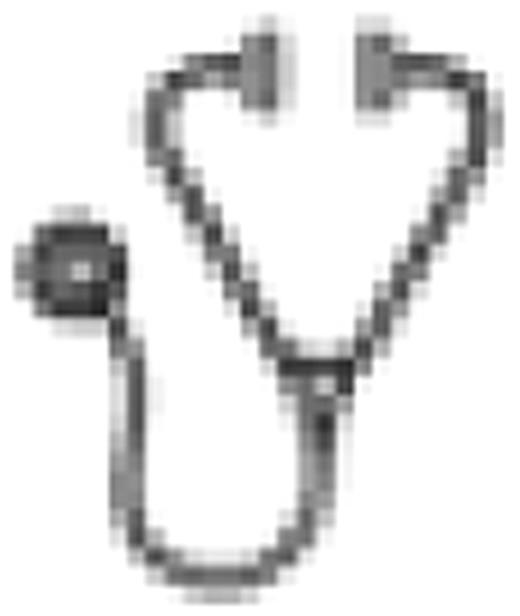Abstract
Tissue Factor (TF), a 47-kDa transmembrane protein, is the essential receptor for factor VII/VIIa and the physiological trigger of blood coagulation. TF is directly involved in the evolution of several cancers by promoting tumor growth, angiogenesis, cell migration and development of metastases. We recently demonstrated that high tumor expression of TF was associated with reduced survival in non-small cell lung cancer (NSCLC). In addition, combined oncogene events affecting K-RAS, TP53, PTEN and LKB1 genes were shown to dramatically increase TF gene expression in lung tumors (Regina et al., Clin Chem 2009, in press). Recently, the presence of an alternatively spliced TF isoform (asTF) has also been evidenced in human blood and various normal or cancerous tissues. This soluble isoform is lacking exon 5 that encodes the transmembrane domain, and several studies suggested that it could also be involved in angiogenesis and tumor progression.
To evaluate the level of asTF transcripts in NSCLC tumors and to look for a relationship with biological and clinical features and particularly TF and VEGF gene expression, and the survival of affected patients.
The expression of the asTF transcript was assessed by a real-time PCR method based on Taqman strategy within the lung tumors of 57 patients with NSCLC. Results were normalized according to 18S RNA expression by calculating the 2-Dct = 2-(ctasTF - ct18S) for each sample and were compared to full-length TF (flTF) mRNA levels and to VEGF165 or VEGF189 gene expression. Levels of asTF transcripts were also analyzed according to the status, i.e. wild type or mutated, of K-RAS, TP53, PTEN and LKB1 within tumors.
asTF mRNA was detectable in all samples, but the level of transcripts was highly variable from one tumor to another (median 5.32×10-5; range 1.16×10-7-2×10-2). No association could be found between the level of asTF transcripts and those of flTF. In addition, the expression of asTF in lung tumors did not correlate with VEGF165 and VEGF189 mRNA levels and was similar in tissue samples without and with mutations of K-RAS, TP53, PTEN or LKB1. When levels of asTF transcripts were analyzed according to clinico-pathological features, no association with sex, age, stage, differentiation grade, TNM classification or histological type, was found. In contrast, Kaplan-Meier curves analysis showed that patients with high asTF tumor expression (above the median value) had a poorer prognosis with reduced survival than patients with tumors in which lower levels of asTF transcripts had been measured (HR 3.1; CI 95%: 1.2-6.5, p=0.01, Log rank test). Moreover, analysis of data using Cox's regression model showed that asTF tumor expression is an independent prognosis marker in NSCLC (RR = 3.08; CI 95%: 1.35-7.01, p = 0.0076). Importantly, the best outcome was evidenced in patients for whom tumor levels of both asTF and flTF transcripts were low. The survival was therefore significantly reduced when either asTF or flTF expression in tumors was high while the poorest prognosis was recorded when tissue levels of both isoforms were high (p=0.018, Log rank test).
Our study demonstrates that tumor expression of alternative spliced TF is an independent prognostic marker in patients with non-small cell lung cancer. How asTF does influence the progression of cancer remains unknown, although its role in angiogenesis has been recently suggested. However, no association between tumor levels of asTF transcripts and VEGF165/VEGF189 gene expression could be evidenced in our study. Mechanisms that regulate TF isoform expression in tumor cells are also poorly identified. We previously showed that tumor expression of flTF is associated in NSCLC to the accumulation of mutations of several genes involved in the mTOR pathway. Our present data support that these mutations do not influence the alternative splicing of TF in lung tumors, which could be specifically regulated by the PI3K/Akt pathway as recently demonstrated in human endothelial cells (Einsereich et al, Circ J 2009, in press).
No relevant conflicts of interest to declare.

This icon denotes an abstract that is clinically relevant.
Author notes
Asterisk with author names denotes non-ASH members.

